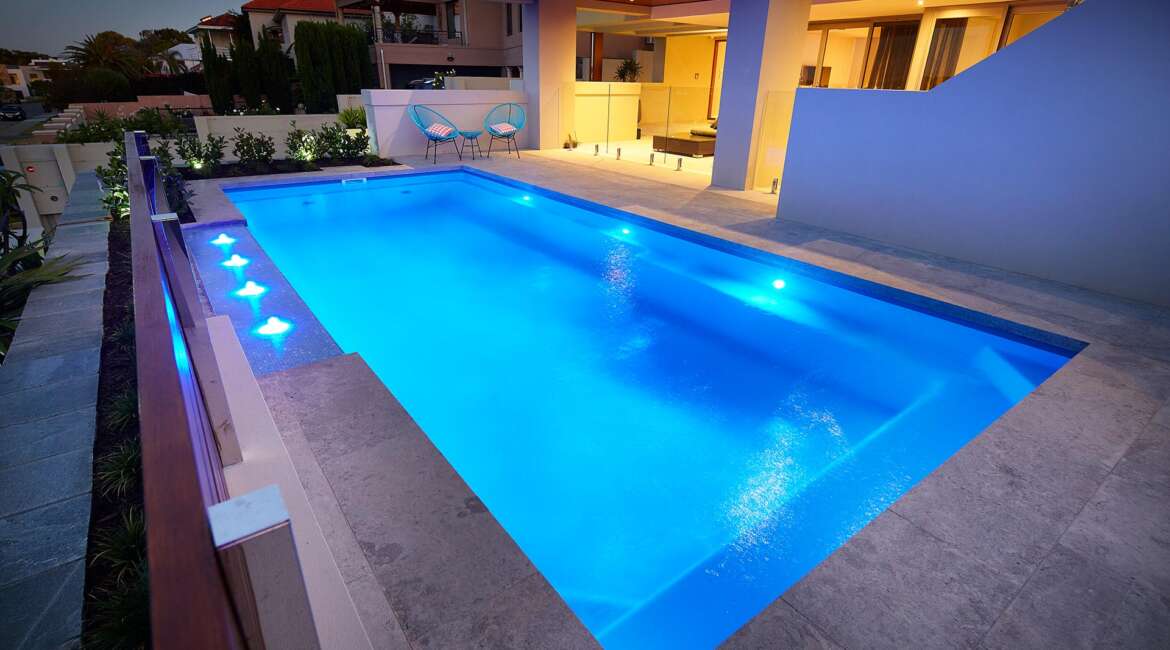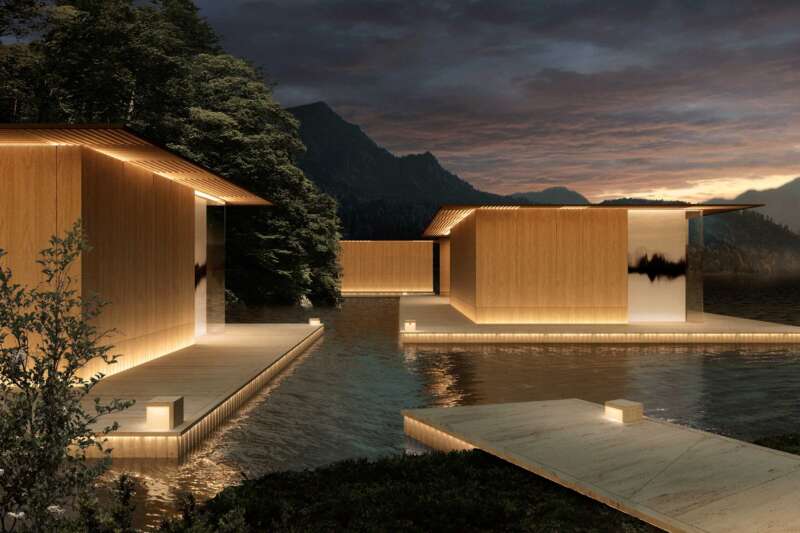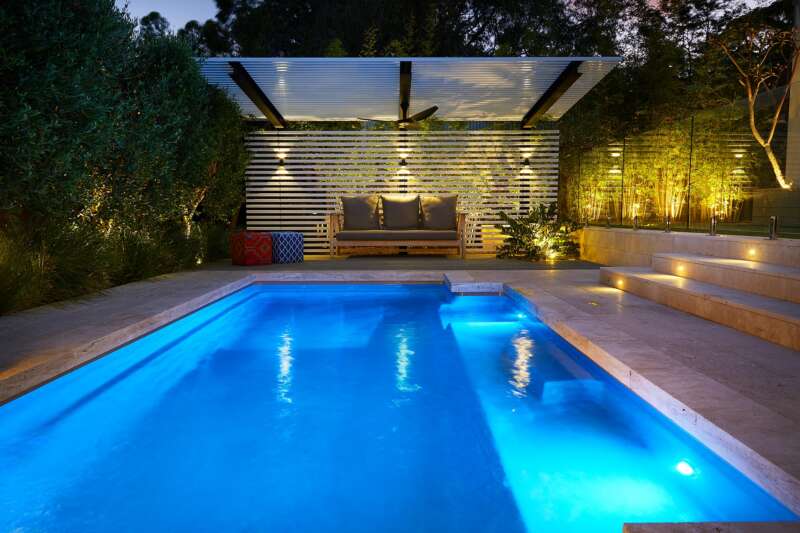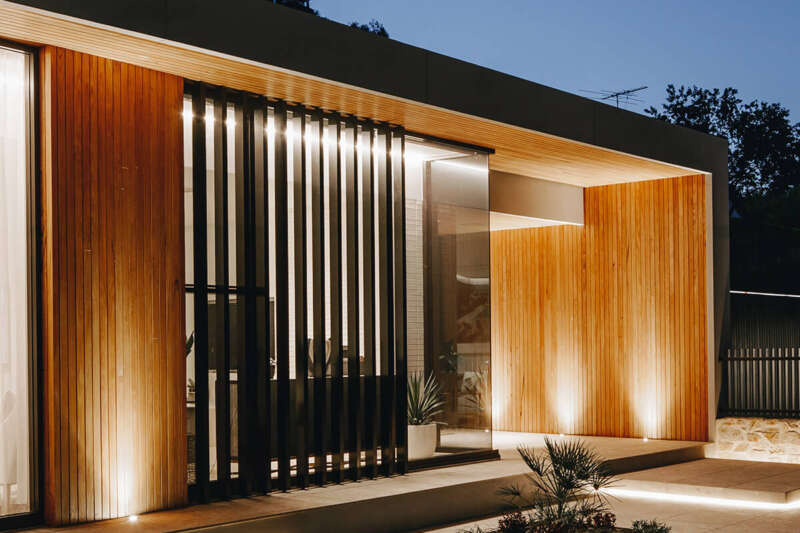Properly light the swimming pool and its surroundings
Lighting a swimming pool is undoubtedly the best way to give it elegance and achieve a modern space where shapes and colors stand out. However, it is important to take into account the issues that we explain in this article for lighting so that the result is optimal.
If that is your goal, read on because in this article we will show you how to light a swimming pool and its surroundings avoiding the most common problems and mishaps and giving you some tricks to get the best result.
Pool lighting tips
The first and most important thing to consider when lighting a pool that has already been built is when to install the lighting. Although this is often done after the construction has been completed, this is a big mistake, as the construction influences the lighting and the same is true the other way around.
To avoid errors that cannot be corrected once the work is completed, it is therefore ideal that both lighting and construction are carried out simultaneously.
Color temperature
When the pool bottom is white or blue, the pool will need lighting with a color temperature between 4,000K and 4,500K.
How high should the spotlights be installed?
Recessed luminaires must be submerged for a minimum of 50 cm because they use and need water for cooling. In any case, to ensure proper operation, it is necessary to pay attention to the specifications of the luminaires.
Number of lamps
Considering that water acts as a light reflector, the feeling of brightness will be much greater with just a few luminaires. It is necessary to pay attention to this so as not to have a pool that is too brightly lit.
Normally, one spotlight is needed for every 20m square of water surface. However, if the interior of the pool is dark, it will absorb more light and require more spotlights.
Distribution of floodlights
There is no single correct way to position spotlights in a swimming pool. However, these recommendations can help you:
If the pool is close to the house, it would be ideal to place the spotlights facing away from the house to avoid glare.
If the pool has steps, the best thing to do is to install some spotlights on the steps in order to have a good view and avoid falls.
In order to correctly design the lighting layout and determine the luminaires that will be needed, it is necessary to know the size and shape of the pool beforehand, as what works for a specific pool may not be suitable for another pool with different dimensions.
Type of luminaires
The most traditional way of lighting a swimming pool is by using recessed lights, which are placed both inside the pool and around the edges. Installing recessed lights inside the pool is not only decorative and pleasing to the eye, but it is also really useful for enjoying a pleasant evening swim.
The recessed lights that are placed around the pool have a very clear function: to mark and delimit the water area and add a touch of modernity to the garden. In both cases, they have the great advantage of being easy to install and do not require continuous maintenance.
Protection index
To ensure the safety of bathers, the luminaires to be installed must have an IP68 protection rating (protection rating against water and solid bodies), which indicates that they are fully protected and prepared for prolonged immersion in water.
Use of floating lamps
If in addition to illuminating the pool we want to give it a cheerful and original touch, floating lamps are the ideal solution, as they generate light effects depending on the chosen color. These models float and move on the water creating a very striking play of light.
In addition, they are made of polyethylene, an insulating material that allows you to enjoy them without any risk. They work with rechargeable batteries that guarantee a duration of between 6 and 8 hours.





